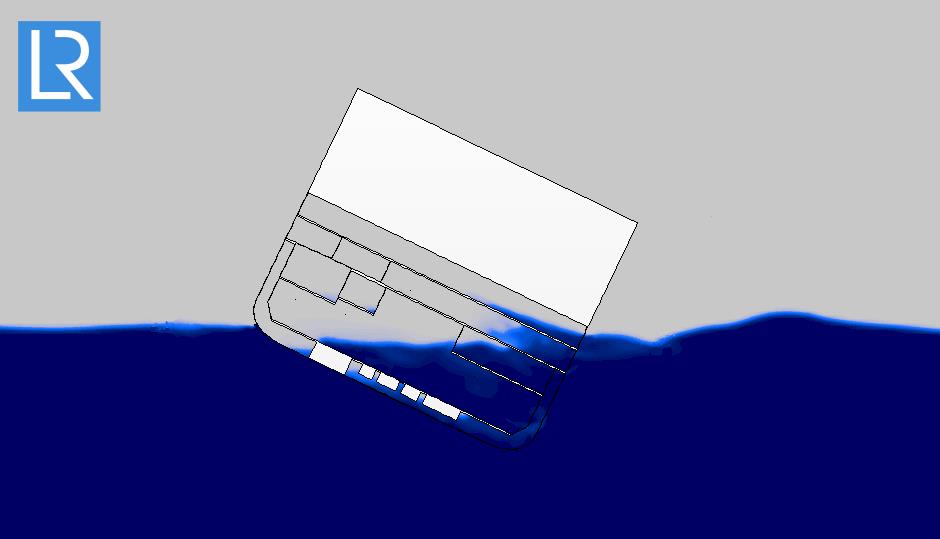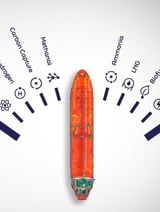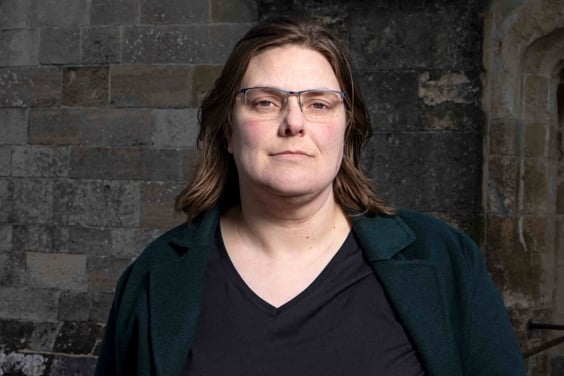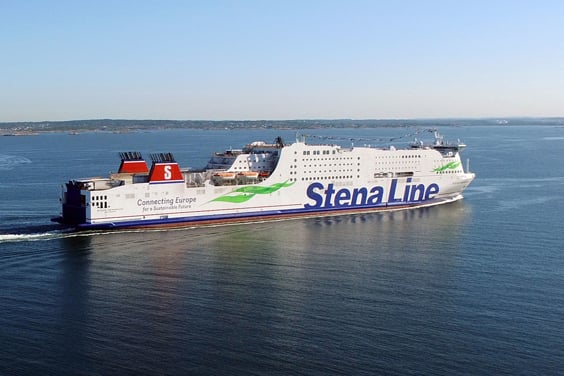Client challenge
Operating at the highest levels of safety means everything to the reputation and success of passenger shipowners. Our client wanted to achieve standards well above the statutory SOLAS requirements for a new cruise ship in its fleet. One area for improvement was the ability to assess a ship’s stability in the event of hull damage and taking on water. Current methods were too simplistic. This could mean uncertainty and lead to over-design.
How we helped
We carried out a study to understand the discrepancies between the current methods and a high fidelity deterministic approach, using computational fluid dynamics (CFD). To do this, we constructed a full-scale, three-dimensional computer model of the ship. This included the vessel’s rudders, bilge keels, inner compartments and air vents between compartments. We then ran simulations in both calm water and beam seas for different damage cases. In these scenarios, the ship was allowed to move freely (in six degrees of freedom or 6DOF). All the ship motions were recorded, as well as the impact of flood water.
Our client avoided issues with traditional stability model tests for such scenarios. These suffer from scaling effects, as well as inaccurate ship movement because of interference from measurement instrumentation.
We are among a few organisations able to apply CFD to damage stability analysis in calm and rough seas, and investigate issues associated with fluid flow within a ship. As well as flooding, this encompasses ballast water treatment systems and loading of liquid cargos.

Powerful results
The results showed our client something new and important, contrary to predictions from current modelling tools: air movement between ship compartments was not always possible, preventing some compartments from being flooded following damage. Consequently, flooding would be slower than anticipated, with the ship remaining at a high list angle for a longer period.
This finding demonstrates the value of CFD studies to owners looking to enhance the safety characteristics of their ships.
Key services and solutions
Here are links to some of the services and solutions that came together to deliver the project.













